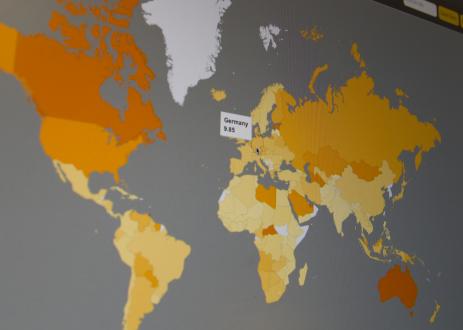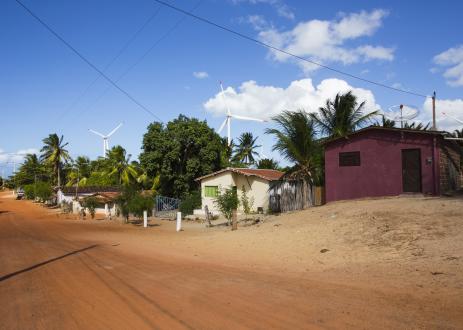转折点:随着时间的推移,国家的趋势达到温室气体排放

概要
本文从温室气体(GHG)排放量,何时达到顶峰以及它们是否有承诺意味着将来排放峰的承诺方面评估了世界上每个国家的排放峰值。该论文发现,令人鼓舞的趋势正在出现:达到温室气体排放水平的国家数量或承诺意味着未来排放的高峰从1990年的19个国家增长到2030年的57个国家。全球份额emissions covered by these countries grows from 21% in 1990 to 60% in 2030. Among these 57 countries are some of the world’s biggest emitters such as China, the United States, Russia, Japan, Brazil, Germany, and Mexico. Nevertheless, the number of countries peaking and the emissions level at which they are peaking is insufficient to meet the Paris Agreement’s temperature goals to limit warming to well below 2˚C, with an effort to limit warming to 1.5˚C. The world’s ability to limit warming to 1.5-2˚C depends not only on the number of countries that have peaked over time, but also the global share of emissions represented by those countries, their emissions levels at peaking, the timing of peaking, and the rate of emissions reductions after peaking. As a result, it will be critically important for countries to make and achieve commitments to peak their emissions as soon as possible, per the Paris Agreement; to peak at lower emissions levels; and to commit to a significant rate of emissions decline after peaking.
关键发现
- 已经达到高峰的国家数量从1990年的19个增长到2000年的33个,达到2010年的49个国家。到2020年,已经达到顶峰或承诺的国家数量意味着排放峰值增长到53和53和53和到2030年,增长到57。
- 到1990年,已经达到顶峰的国家覆盖的全球排放率百分比为21%,到2000年为18%,到2010年为36%。2020年增加到40%,到2030年,达到60%(使用2010年温室气体排放数据作为百分比计算的基础,而不是2020年和2030年的预测)。
- 绝大多数发达国家以及一些发展中国家已经达到顶峰,我们还目睹了一个转折点,几个发展中国家承担了减少排放的承诺,这意味着排放到2020年或2030年达到顶峰。
- 然而,最高峰的国家数量和达到顶峰的排放水平不足以满足巴黎协议的温度目标,以将变暖限制在2°C以下,以将变暖限制为1.5°C。
项目
-

-

必威官网是真的吗气候手表
启动平台启动平台 访问项目必威官网是真的吗气候观看提供有关国家气候计划,长期战略和温室气体排放的强大见解和数据,以帮助各国实现其气候和可持续发展目标。
部分 必威官网是真的吗

